Yellowtail Fish (often referred to as Hamachi in Japanese cuisine) is a prized, flavorful fish known for its tender texture and rich taste. This fish belongs to the jack family, and its distinct golden-yellow stripe along its sides makes it easy to recognize. Yellowtail is popular in various cuisines, especially Japanese, where it’s often served sashimi-style, grilled, or used in sushi.
Here’s an in-depth guide on yellowtail fish, including types, health benefits, buying, storing, and cooking tips!
Types of Yellowtail Fish:
While the name “yellowtail” generally refers to a few species in the Carangidae and Serranidae families, there are a few notable types:
1. Japanese Yellowtail (Hamachi):
-
Scientific Name: Seriola quinqueradiata
-
Description: The Hamachi is the most commonly known yellowtail species in Japanese cuisine. It’s prized for its rich, buttery flavor and tender meat.
-
Flavor: It has a slightly sweet and mildly fishy flavor with a buttery texture.
-
Culinary Uses: Hamachi is commonly used in sushi, sashimi, and grilled preparations.
2. Yellowtail Amberjack (Kingfish):
-
Scientific Name: Seriola lalandi
-
Description: Known as the amberjack or kingfish, this yellowtail species is often found in warmer waters of the Pacific and Atlantic Oceans.
-
Flavor: It has a leaner texture compared to Hamachi but is still rich and flavorful, with a firm and slightly fibrous flesh.
-
Culinary Uses: Typically grilled, baked, or served as steaks or filets.
3. California Yellowtail:
-
Scientific Name: Seriola dorsalis
-
Description: Found off the California coast, this species is also known as California kingfish.
-
Flavor: This variety has a similar taste to the yellowtail amberjack, with a slightly firmer texture and more pronounced flavor.
-
Culinary Uses: Often grilled, pan-seared, or made into ceviche.
4. Australian Yellowtail:
-
Scientific Name: Seriola rivoliana
-
Description: A variation found in the waters around Australia, similar to the yellowtail amberjack.
-
Flavor: Rich and slightly sweet, with firm, fatty flesh.
-
Culinary Uses: Commonly grilled or served as steaks.
Health Benefits of Yellowtail Fish:
Yellowtail is a nutritious choice, offering many health benefits due to its high protein and healthy fat content. Here’s why it’s considered a healthy fish:
-
Rich in Omega-3 Fatty Acids:
-
Yellowtail is an excellent source of omega-3 fatty acids, which are essential for heart health. They help lower blood pressure, reduce inflammation, and can even improve brain function.
-
-
High in Protein:
-
Yellowtail is a high-protein fish, which makes it ideal for those looking to maintain or build muscle mass. It’s a great source of lean animal protein, with approximately 20 grams of protein per 3 oz. of cooked fish.
-
-
Vitamins and Minerals:
-
Vitamin B12: Yellowtail is rich in vitamin B12, which supports red blood cell production, brain function, and nerve health.
-
Selenium: This fish is a good source of selenium, an antioxidant that helps protect cells from damage.
-
Vitamin D: Yellowtail provides a natural source of vitamin D, essential for bone health and immune system function.
-
-
Low in Mercury:
-
Compared to larger fish like swordfish or tuna, yellowtail tends to have lower levels of mercury, making it safer for regular consumption.
-
How to Buy Yellowtail Fish:
When buying yellowtail, you want to ensure you are getting a fresh, high-quality product. Here’s how to pick the best yellowtail:
Fresh Yellowtail:
-
Color: Fresh yellowtail should have bright, translucent flesh that is slightly pinkish or off-white with a golden hue around the edges.
-
Smell: Fresh yellowtail should have a clean, briny smell — never a strong, fishy odor.
-
Eyes: Look for clear, bright eyes. If the eyes are cloudy or sunken, the fish is not fresh.
-
Skin: The skin should be shiny and moist, not dried out.
-
Sustainability: Opt for sustainably sourced yellowtail when possible. Look for certifications like the Marine Stewardship Council (MSC) or Aquaculture Stewardship Council (ASC).
Frozen Yellowtail:
-
Frozen yellowtail can also be a good option, especially if fresh fish is not available. When buying frozen fish, check that it is properly packaged to prevent freezer burn. If frozen yellowtail is thawed, use it within 1-2 days for the best flavor and texture.
Canned Yellowtail:
-
If you opt for canned yellowtail, check the ingredients for minimal additives, and consider purchasing from a reputable brand known for quality.
How to Store Yellowtail Fish:
To maintain its freshness, proper storage is key for yellowtail fish:
-
Fresh Yellowtail: Store fresh yellowtail in the refrigerator at a temperature of 32°F (0°C). If you plan to eat it within 1-2 days, store it in a sealed container or tightly wrapped in plastic wrap or foil.
-
Frozen Yellowtail: If you need to store yellowtail for a longer period, freezing is the best option. Wrap it tightly in plastic wrap and aluminum foil to prevent freezer burn, or use a vacuum-sealed bag.
-
Canned Yellowtail: Store unopened cans in a cool, dry place. Once opened, transfer the remaining yellowtail to an airtight container and refrigerate, consuming it within 2-3 days.
How to Cook Yellowtail Fish:
Yellowtail’s rich, buttery texture and mild flavor make it an excellent fish for various cooking methods. Here are some popular ways to prepare yellowtail:
1. Grilled Yellowtail:
-
Step 1: Preheat your grill to medium-high heat.
-
Step 2: Season the yellowtail with olive oil, salt, pepper, and your choice of herbs (like rosemary or thyme).
-
Step 3: Grill the fish for about 4-5 minutes per side until the flesh is opaque and flakes easily with a fork.
-
Step 4: Serve with grilled vegetables or a side of lemon wedges.
2. Yellowtail Sashimi:
-
Step 1: Ensure the fish is sushi-grade. Slice the yellowtail into thin, bite-sized pieces using a sharp knife.
-
Step 2: Arrange the slices on a plate and serve with soy sauce, wasabi, and pickled ginger.
3. Pan-Seared Yellowtail:
-
Step 1: Heat a skillet over medium-high heat with a little olive oil.
-
Step 2: Season the yellowtail fillets with salt and pepper.
-
Step 3: Cook for about 3-4 minutes per side, until the outside is golden brown and the inside is cooked through but still moist.
-
Step 4: Serve with a lemon butter sauce or sautéed greens.
4. Baked Yellowtail:
-
Step 1: Preheat your oven to 375°F (190°C).
-
Step 2: Place the fish in a baking dish, season with garlic, lemon, and herbs.
-
Step 3: Cover with foil and bake for 15-20 minutes, depending on the thickness of the fillets, until fully cooked.
-
Step 4: Serve with steamed vegetables or rice.
5. Yellowtail Ceviche:
-
Step 1: Cut the yellowtail into small cubes.
-
Step 2: Combine the fish with freshly squeezed lime juice, chopped cilantro, onions, and chopped tomatoes.
-
Step 3: Let the mixture sit in the fridge for about 30 minutes to an hour for the flavors to meld.
-
Step 4: Serve as an appetizer with tortilla chips.
6. Yellowtail Sushi:
-
Step 1: Slice the yellowtail into thin pieces.
-
Step 2: Serve over a bed of sushi rice with a dollop of wasabi and soy sauce on the side.

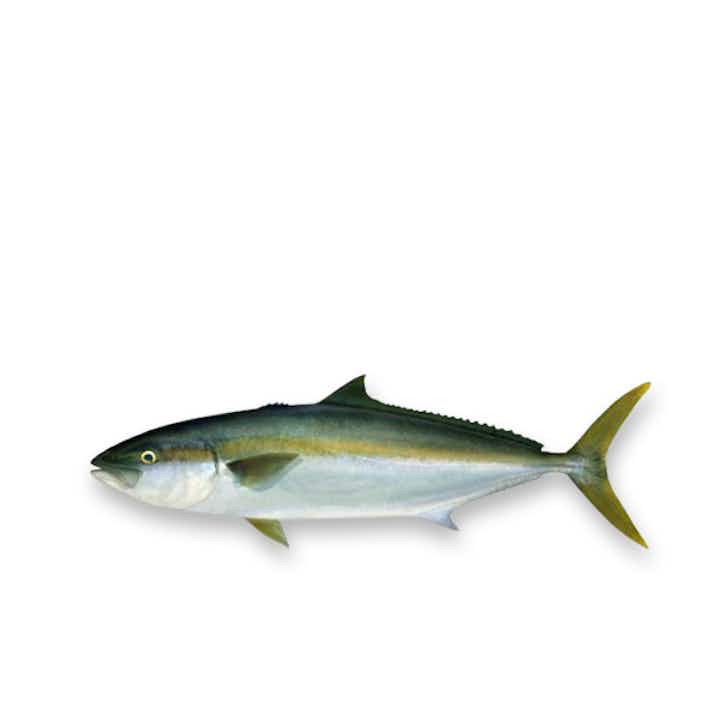
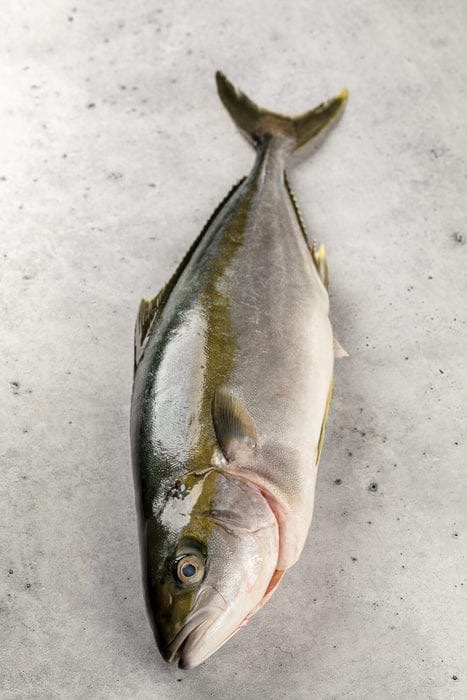

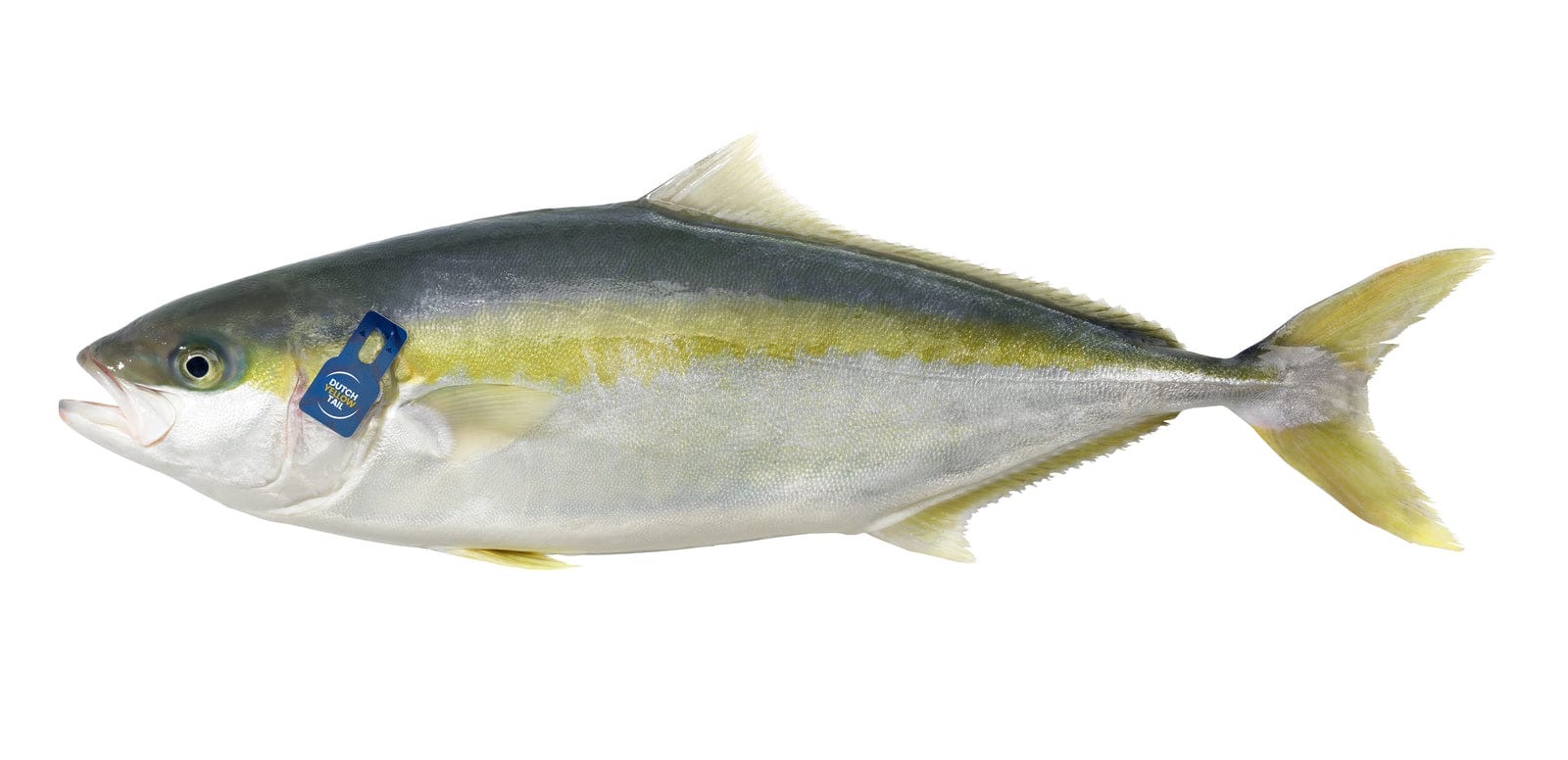





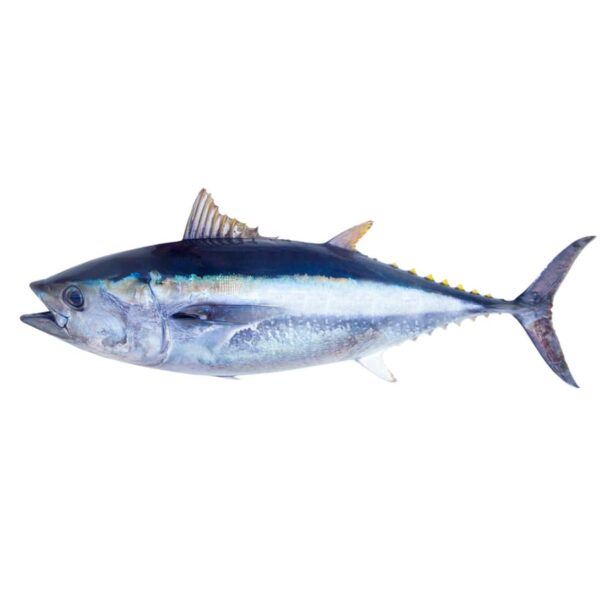

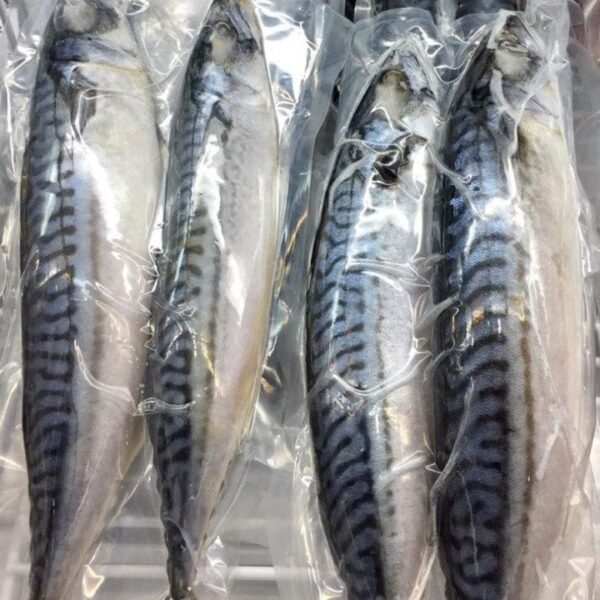

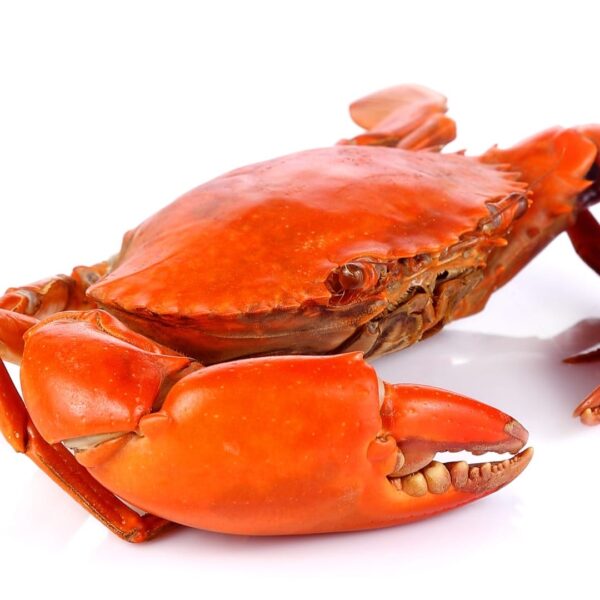
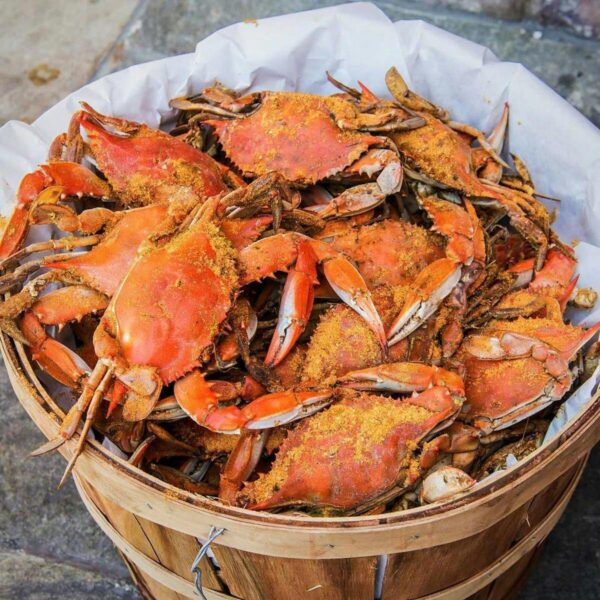

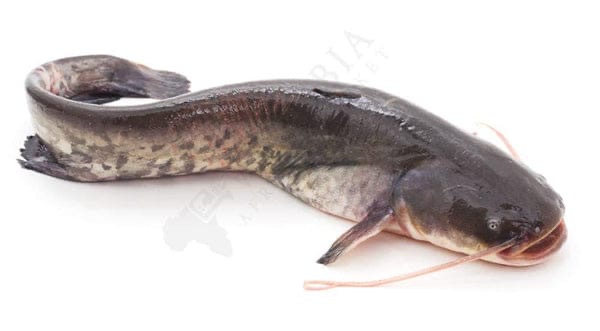
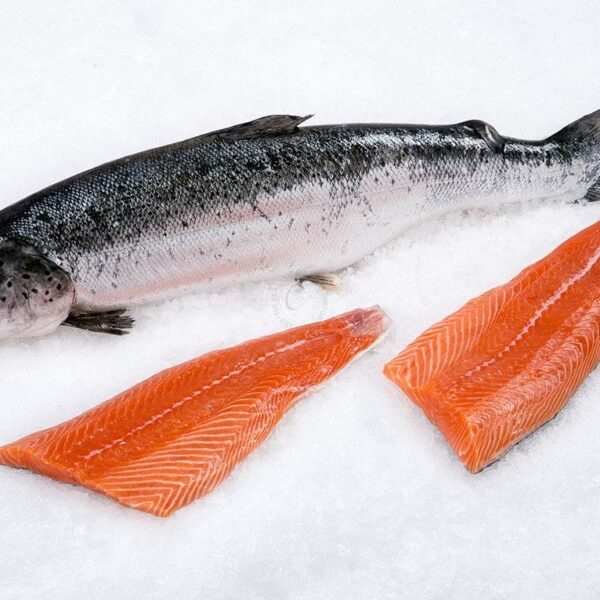
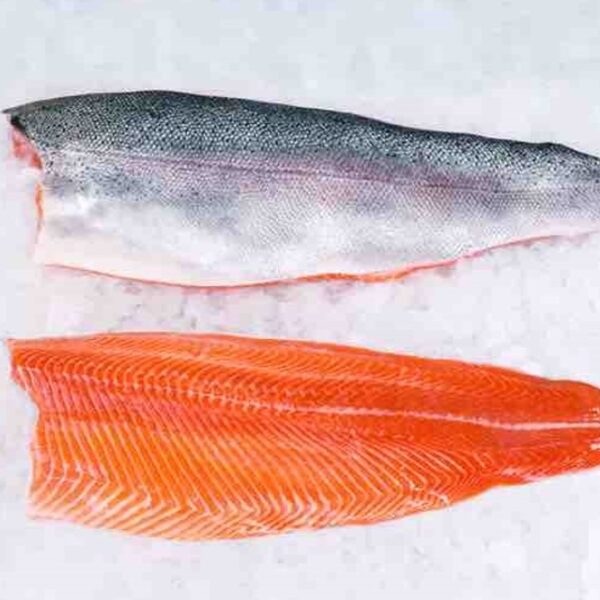
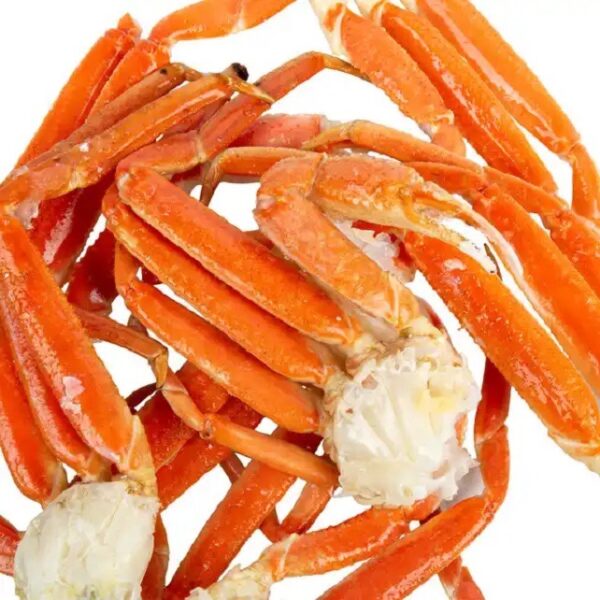
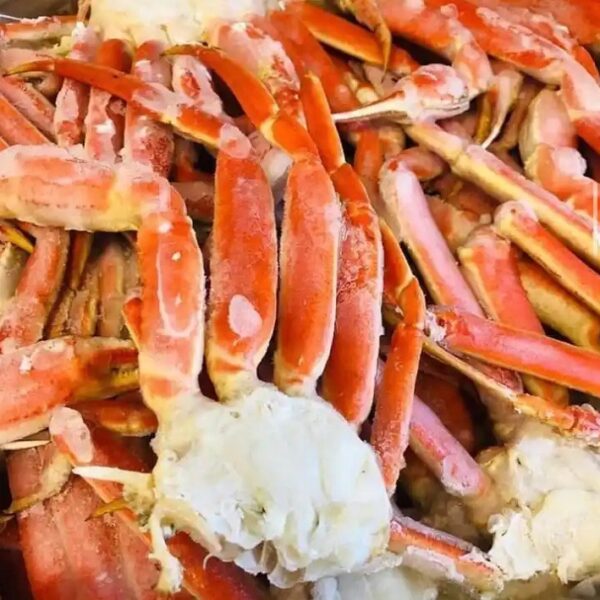

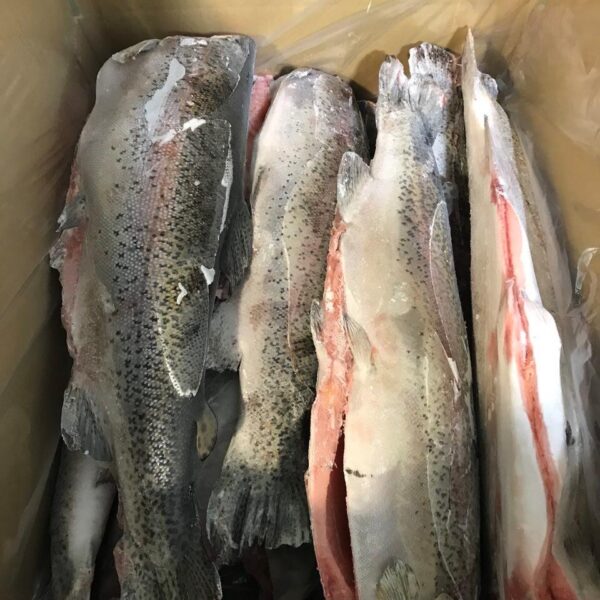
Reviews
There are no reviews yet.